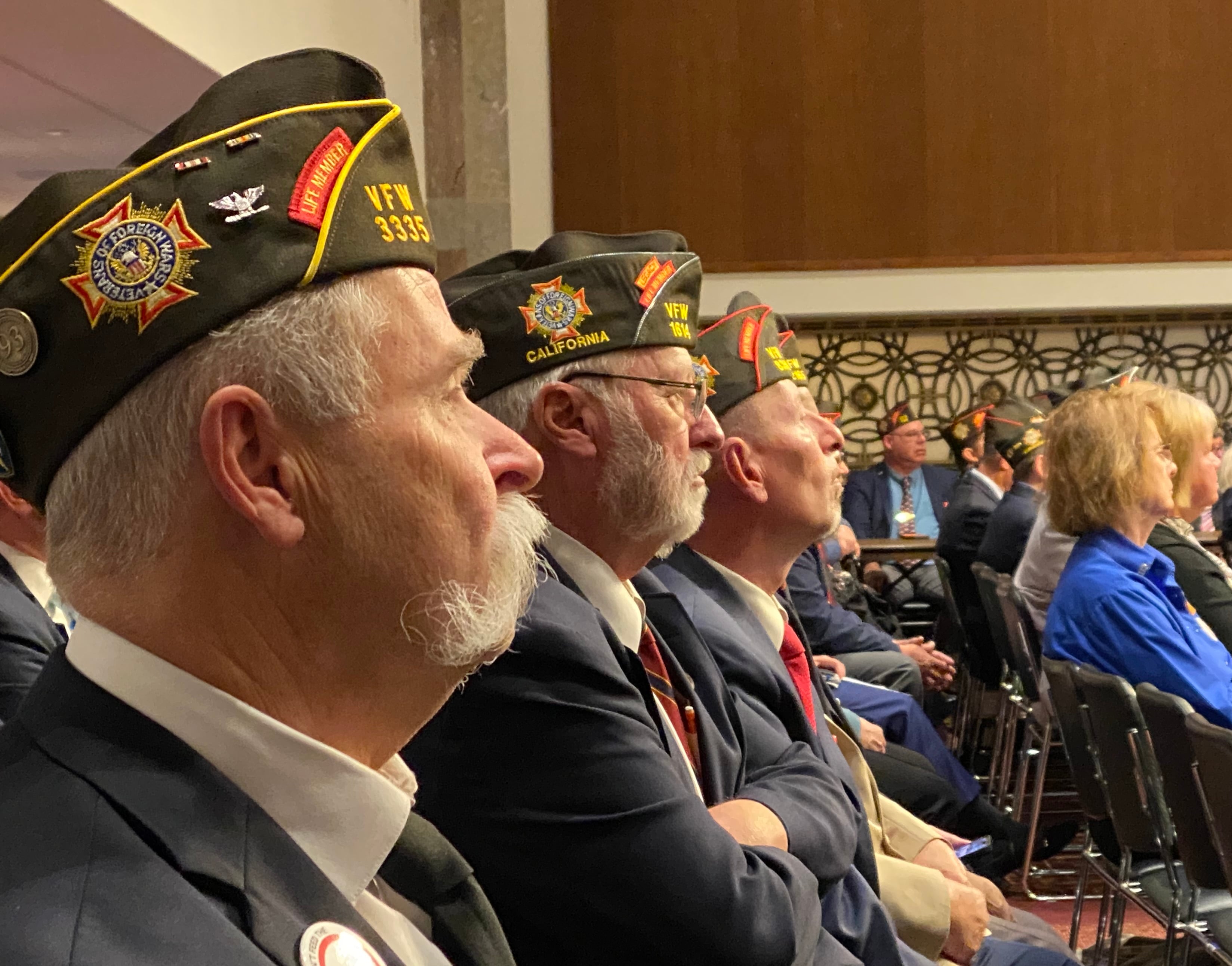The Department of Veterans Affairs would get a nearly 13% boost in funding next fiscal year under a proposal unveiled by the White House Monday, with large increases for medical center construction projects and caregiver program support.
The $369.3 billion budget proposal for VA in fiscal 2025 comes just three days after congressional officials finalized spending for the current fiscal year, approving a $328.1 billion fiscal plan for department programs through Oct. 1.
In a statement, VA Secretary Denis McDonough said the budget plan for next year — to be debated and amended by lawmakers in coming months — will help his department to “continue delivering more care and more benefits to more veterans than ever before in our nation’s history.”
Despite repeated concerns from lawmakers about the size of the federal budget, VA’s spending plans have grown substantially over the last two decades. The department has seen a funding bump of at least 7% in each of the last six fiscal years and in 17 of the last 23 years.
RELATED

In fiscal 2001, the entire VA budget amounted to $48 billion in spending. In fiscal 2017, it was $182.3 billion, still less than half the fiscal 2025 presidential request.
Much of that increase has been in mandatory health care and benefits spending for the department as presidential administrations and lawmakers have dramatically expanded the pool of veterans eligible for each.
Of the nearly $370 billion budget request, $24.5 billion is set aside for the Toxic Exposures Fund, an account specifically designed to deal with costs associated with implementing the 2022 PACT Act, legislation that expanded disability payouts and medical care options for troops who suffered injuries from chemicals and toxins they encountered while serving.
The VA budget plan includes a 6% increase in mental health care spending, to $17.2 billion corresponding with department leaders’ top stated priority of reducing veterans suicide. Health care programs specific to women veterans, another administration focus, would increase by 11% to $1.1 billion.
Caregivers support programs would see almost a 21% increase, to $2.9 billion. White House budget documents said the move “recognizes the critical role family caregivers play in supporting the health and wellness of veterans.”
White House officials are asking for $2.8 billion in major and minor construction funding — an increase of almost 65% from fiscal 2024 — to cover a host of medical center projects across the country. That includes money to build a new critical care center in West Los Angeles and a gravesite expansion at Fort Logan in Colorado.
Homeless prevention programs would see a 3% increase, to $3.2 billion, under the president’s proposal. Information technology investments would drop by 3%, to roughly $6.2 billion, reflecting reduced spending on the department’s stalled electronic health records modernization project.
The budget request now heads to Congress, where it will receive significant scrutiny over the next seven months. If lawmakers cannot pass a full-year budget for federal agencies by Oct. 1, the impasse would prompt a partial government shutdown.
However, most VA programs have been insulated from those funding threats in recent years because lawmakers approve advance appropriations for the department with each new budget deal. In the appropriations plan approved late last week, Congress already signed off on $308 billion in VA spending for fiscal 2025, to ensure benefits delivery and health care operations are not disrupted.
Leo covers Congress, Veterans Affairs and the White House for Military Times. He has covered Washington, D.C. since 2004, focusing on military personnel and veterans policies. His work has earned numerous honors, including a 2009 Polk award, a 2010 National Headliner Award, the IAVA Leadership in Journalism award and the VFW News Media award.




